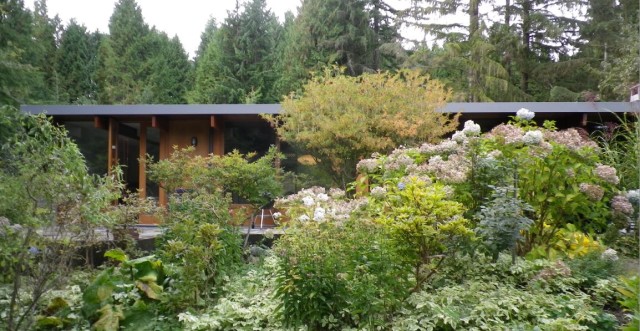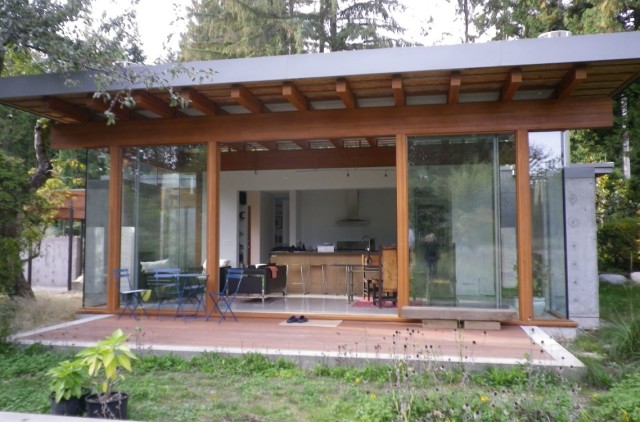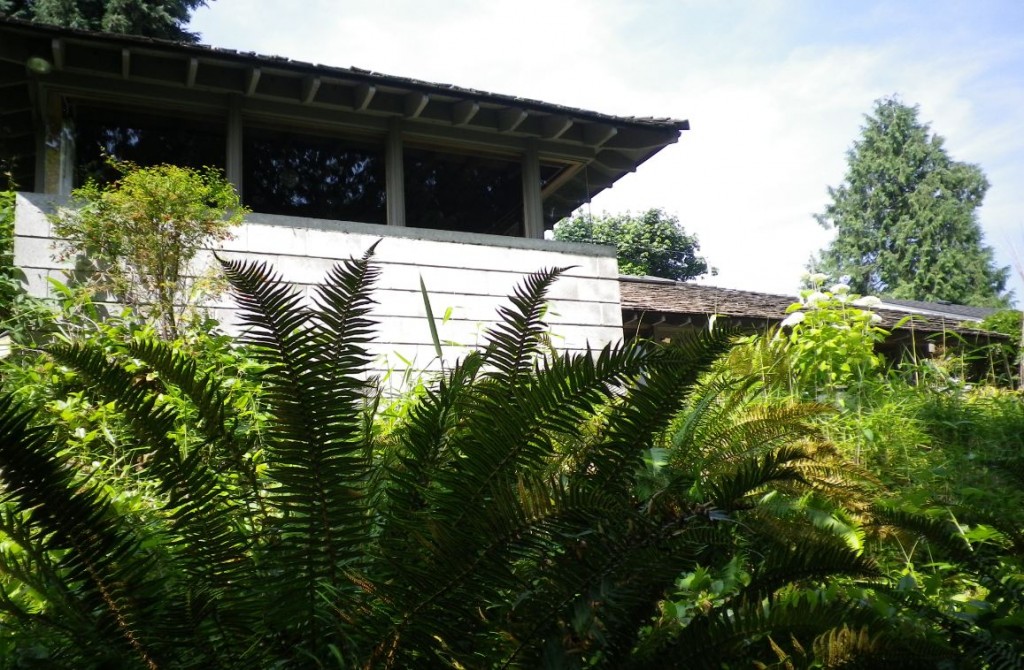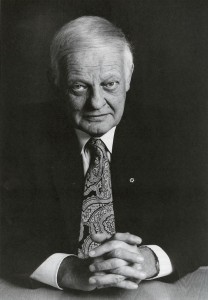
I spent the afternoon with architect Peter Pratt at his home in the British Properties yesterday. Peter’s father Ned Pratt designed the house in the early 1950s and lived there for most of his life. You’ve likely never heard of Ned Pratt, I hadn’t until recently, and I find that really interesting because he may just be the most important architect to come out of Vancouver. Pratt was a principal at Thompson, Berwick, Pratt and he hired and mentored some of the most influential architects of the time. Arthur Erickson, Ron Thom, Paul Merrick, Barry Downs, Fred Hollingsworth, and artist BC Binning, all worked there at one point.

It was Pratt who designed the BC Electric building (BC Hydro) on Burrard Street and the Dal Grauer Substation next door, both game changers in architectural design in those early ‘50s. Binning did the murals for the building and Pratt helped Binning build his West Vancouver home—the house credited for kick starting the West Coast modern movement in BC.
“Pratt convinced BC Electric that a local firm with no experience in skyscraper design could handle the monumental task,” wrote architectural critic Robin Ward, in Pratt’s 1996 obituary. The drawings alone, if spread out would have covered five city blocks, noted Ward.

When Peter took over the one-acre property and his childhood home, the house had started to leak and rot. “I don’t know how many times I heard ‘it’s a tear down Pratt, you can’t save it,” he said. “This is our home, it’s not so much an asset, it’s our home. It has a sense of place.”
Against all advice he decided to save what he could and restore it, keeping features such as a mural that Pratt and Ron Thom made from fiberglass and paper. Peter has moved walls around, taken out rooms, added skylights and put cork on the floors. He added bench seats out of reclaimed wood from the Pantages Theatre to go with a table his dad built.
Then Peter built his own post and beam home right next door. One side of the newer house is sheer glass and opens up onto the garden and a large water feature filled with fish. A courtyard connects the two houses and there are angles everywhere you look that give hints of what’s to come, what Peter calls “a process of discovery” that’s characteristic of these West Coast modern homes.
Ned’s house is 1,200 sq.ft. Peter’s is only slightly larger. Both are a nod to simplicity and scale and the importance of landscape. Proof that we don’t have to rip down these beautiful houses because they don’t fill out the lot.





